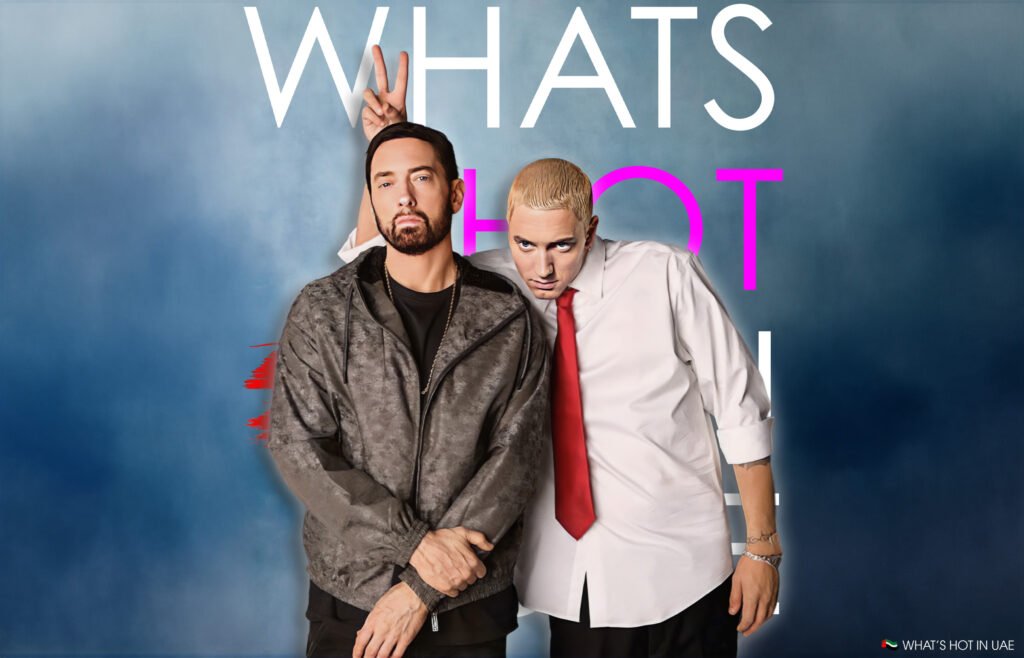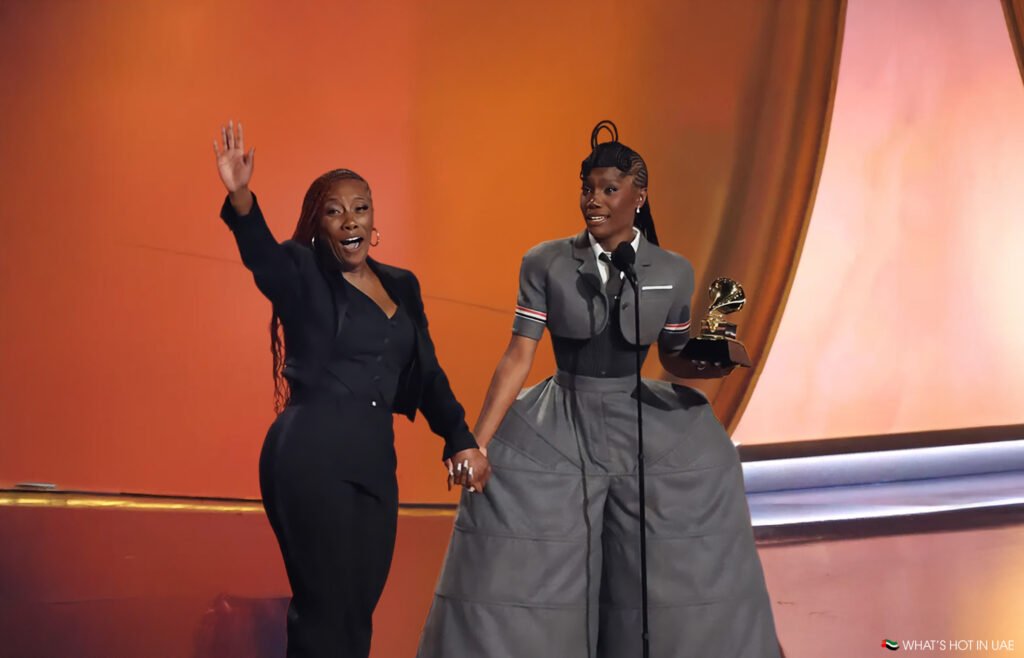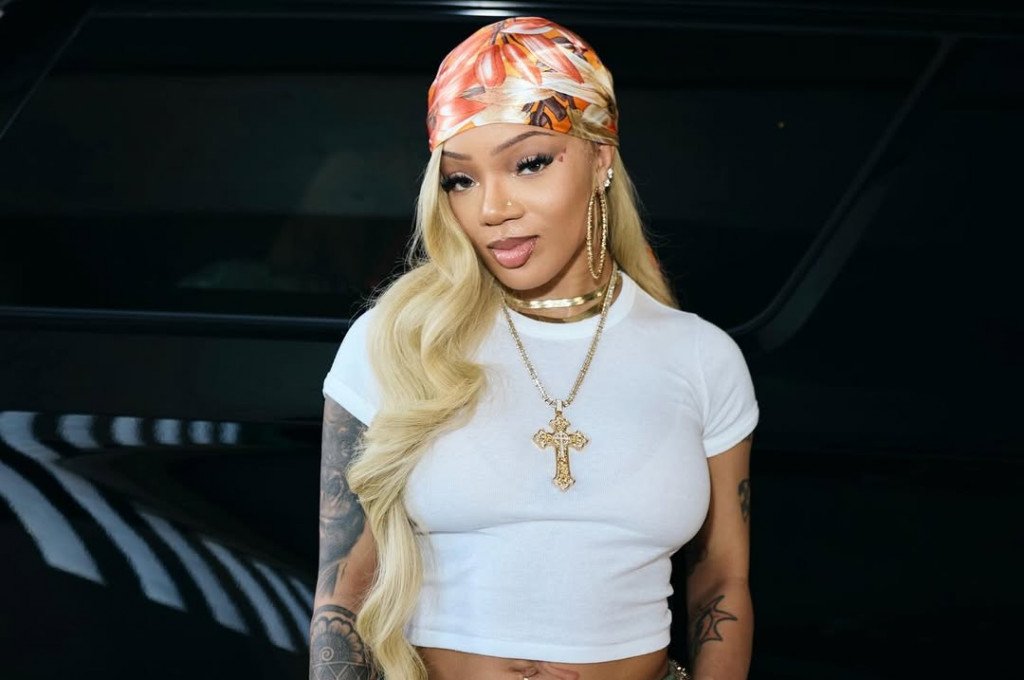If you glanced at the Billboard Hot 100 chart in late October 2025, you might have felt a seismic shift in the music world. For the first time since 1990, the Top 40 was completely devoid of rap songs. The headlines practically wrote themselves, sparking concern and confusion among fans and industry watchers alike. Is hip-hop dying? Is the genre that has dominated culture for decades finally losing its grip? Is this Rap drought spelling the beginning of the end for the genre?
The short answer is no. This isn’t a story about a sudden decline in popularity. It’s a story about a technical rule change, a shift in industry mechanics, and the powerful, multifaceted evolution of a genre that can no longer be measured by a single chart.
This definitive, data-driven analysis will debunk the “rap is dead” narrative. We will pull back the curtain on the specific Billboard rule change that triggered this “rap drought,” present hard data proving hip-hop’s continued dominance in album sales and overall consumption, and explore where the genre’s true power and future growth lie. Forget the hot takes; it’s time to understand what’s really happening on the hip hop charts.
An Unprecedented Silence: Hip-Hop’s Disappearance from the Top 40
The streak was officially broken on the chart dated October 25, 2025. As reported by Billboard, the departure of Kendrick Lamar and SZA’s monumental 13-week No. 1 hit, “Luther,” from the Hot 100 created an unprecedented void: there was officially no rap in the top 40. This milestone ended an incredible run of chart presence that lasted for 35 years, eight months, and three weeks.
While the top of the charts was silent, hip-hop wasn’t entirely absent from the full Hot 100 list. Further down, artists were still making their presence felt. YoungBoy Never Broke Again’s “Shot Callin” sat at number 44, followed closely by Cardi B’s “Safe” and BigXthaPlug’s “Hell at Night” at 48 and 49, respectively. But for a genre accustomed to setting the pace of popular music, its absence from the top tier was a shocking development, prompting many to ask why there are no rap songs in the top 40.
A 35-Year Streak Broken: A Look Back at 1990
To grasp the significance of this moment, we have to rewind to the week of February 2, 1990. The last time the Billboard Hot 100’s top 40 was rap-free, the highest-ranking hip-hop song was Biz Markie’s eventual classic, “Just a Friend,” which was climbing the charts at No. 41. The very next week, it jumped to number 29, kicking off the three-and-a-half-decade streak that just ended. The music landscape was vastly different then, on the cusp of hip-hop’s golden age and its eventual takeover of the mainstream. The end of this streak in 2025 marks the end of an era, but as we’ll see, it’s far from the end of the genre’s influence.

The Smoking Gun: Unpacking the Billboard Recurrent Chart Rule Change
The main reason for hip-hop’s sudden vanishing act isn’t a collapse in popularity; it’s a deliberate change in methodology. The “rap drought” is a direct consequence of the Billboard recurrent chart rule change, a technical adjustment designed to increase the turnover of songs on the Hot 100.
Music journalist Hugh McIntyre, writing for Forbes, identified this rule as a key factor in clearing out long-charting hip-hop hits. He explained that such rules prevent durable, long-lasting tracks—a common feature of successful rap songs—from occupying top spots for extended periods, thus “clearing space” for new entries. For fans wondering about hip hop’s commercial decline in 2025, this mechanical shift is the most critical piece of the puzzle. For a deeper dive, you can read about Billboard’s Recurrent Rule Change directly from the source.
What Are the New Recurrent Rules?
So, what exactly changed? Billboard implemented stricter criteria for when a song is deemed “recurrent” and removed from the chart to make way for new music. The new rules are designed to accelerate this process for songs that have peaked and are on their way down.
A track is now removed from the Hot 100 if it meets the following conditions:
- It has spent over 20 weeks on the chart and falls below No. 50.
- It has spent over 26 weeks on the chart and falls below No. 25.
- It has spent over 52 weeks on the chart and falls below No. 10.
- It has spent over 78 weeks on the chart and falls below No. 5.
Kendrick Lamar and SZA’s “Luther” is a perfect example. In its 46th week on the chart, the song had fallen to No. 38. Under the new rules (specifically, the “below No. 25 after 26 weeks” clause), it was deemed recurrent and removed, effectively ending the 35-year streak.
Why Did Billboard Change the Rules?
The strategic thinking behind this change is to keep the Billboard Hot 100 dynamic and reflective of what’s new and rising. In the streaming era, massive hits can linger on the charts for over a year, creating a logjam that makes it difficult for new artists and songs to break through. By implementing more aggressive recurrent rules, Billboard aims to:
- Increase Chart Turnover: More songs get a chance to appear on the Hot 100.
- Favor New Artists: Emerging artists have a better opportunity to chart and gain visibility.
- Reflect Current Trends: The chart becomes a more immediate snapshot of what’s currently popular, rather than what has been popular for the last 18 months.
While logical from an industry perspective, this change disproportionately affects genres like hip-hop, where hit songs often have a long and stable shelf life with listeners.

Decline or Evolution? A Data-Driven Look Beyond the Hot 100
If you only look at the Hot 100 Top 40, the narrative of a rap music decline seems plausible. But when you look at the complete picture of music consumption, that narrative falls apart. The data shows that hip-hop is not losing popularity; its consumption patterns are simply evolving beyond the metrics of a single chart.
According to the definitive Luminate 2023 Year-End Music Report, R&B/Hip-Hop remains the most popular genre in the United States by a significant margin. It accounted for 25.1% of the total market share based on consumption (album sales plus streaming equivalent albums). This proves the genre’s listener base is as strong as ever, even if individual singles aren’t topping the charts in the same way. For those interested in the raw numbers, the full Luminate’s 2023 Year-End Music Report provides a wealth of data.
Dominating the Album Charts: The Power of the Billboard 200
A crucial piece of evidence for hip-hop’s continued health is its commanding performance on the Billboard 200 albums chart. As an analysis from Variety pointed out, while the genre struggled for a No. 1 single for much of the previous year, it consistently topped the album charts. This indicates a deeply engaged fanbase that consumes full projects, not just fleeting singles.
Throughout 2024, this trend continued. Major releases like 21 Savage’s American Dream and Future and Metro Boomin’s We Don’t Trust You both secured the No. 1 spot on the Billboard 200, demonstrating the genre’s immense commercial power in the album format.
The Global Streaming Picture: More Than Just US Radio
The Billboard Hot 100 formula heavily weighs US-based radio airplay and sales, but in a globalized streaming world, that’s only part of the story. On platforms like YouTube, hip-hop’s presence remains robust. Data from Chartmetric showed that in the second quarter of 2024, hip-hop tracks accounted for 14.2% of the YouTube Top 50 charts, an increase from the previous quarter. This highlights the genre’s sustained global appeal and its strength on platforms where visual content and international audiences play a larger role. For more context on genre representation across popular music, the academic USC Annenberg’s “Inclusion in the Recording Studio” Study offers valuable insights into the broader industry ecosystem.

Case Study in Cultural Dominance: The Kendrick Lamar vs. Drake Beef
If any single event proves that hip-hop’s cultural pulse is stronger than ever, it’s the monumental feud between Kendrick Lamar and Drake. While chart positions tell one story, this beef dominated global conversation, proving the genre’s unique ability to create unmissable cultural moments.
The feud escalated on March 22, 2024, with Kendrick’s blistering feature on Future and Metro Boomin’s “Like That. What followed was a masterclass in lyrical warfare that captivated millions, generating endless analysis, memes, and debate. The battle was not just about personal insults; it touched on deep themes of authenticity, commercialism, and the very soul of hip-hop, as noted in linguistic analysis from experts at The Graduate Center, CUNY.
Diss tracks like Kendrick’s “Not Like Us” became cultural anthems, racking up hundreds of millions of streams in record time. Even though these songs may eventually be cycled off the Hot 100 by recurrent rules, their impact is undeniable. The beef demonstrated that hip-hop’s relevance isn’t measured in chart weeks, but in its power to shape the cultural dialogue.
The Future of Hip-Hop: Where to Find the Next Big Hits
If the Billboard Hot 100 is no longer the sole barometer for a hit rap song, where should fans look? The future of hip hop is being forged on new platforms and driven by new technologies. The path to discovering the next big rap hit has shifted from radio waves to viral algorithms.
The industry is moving toward a more decentralized model of discovery. As publications like Wired have explored, the future of music creation and consumption will be heavily influenced by AI, VR, and interactive fan experiences. More immediately, platforms like TikTok have become the undisputed launchpad for new artists, where a 15-second clip can propel a song to global fame overnight, bypassing traditional industry gatekeepers entirely.
Artists to Watch & Songs Trending Now
To find the next wave, you need to look at streaming velocity, playlist placements, and social media trends. Here are a few artists and tracks that showcase the genre’s current vitality, based on their impressive performance on platforms like YouTube and Apple Music:
- Doechii’s “DENIAL IS A RIVER”: With an incredible 65 million views on YouTube, Doechii continues to prove she is a creative force with a dedicated following.
- A$AP Rocky’s “Tailor Swif”: Garnering 50 million YouTube views, this track shows the staying power and massive appeal of established stars experimenting with their sound.
- Lil Durk’s “Monitoring Me”: Racking up 23 million views, Durk demonstrates his consistent ability to connect with a core audience.
- Ty Dolla $ign’s “Don’t Kill the Party”: This track, featuring Quavo and Juicy J, has been a fixture on Apple Music’s trending charts, indicating strong and sustained listener engagement.
These numbers prove that while the Top 40 may be temporarily quiet, the appetite for hip-hop is as voracious as ever.

Conclusion: A New Chapter, Not the Final Word
The 2025 “rap drought” on the Billboard Hot 100 is not a sign of the genre’s death but a direct consequence of a technical rule change. It’s a statistical anomaly created by a shift in methodology, not a reflection of a decline in cultural relevance or commercial power.
As the data clearly shows, hip-hop’s foundation is stronger than ever. It remains the most-consumed genre in music, continues to dominate the album charts, and maintains a massive global footprint on streaming platforms. More importantly, its ability to drive culture—as exemplified by the Kendrick Lamar and Drake beef—is unparalleled. The genre isn’t dying; it’s evolving. Its influence has grown too vast to be captured by a single chart, and its future hits are being born on the dynamic, fast-paced platforms where modern culture lives.
What do you think is the future of hip-hop? Share your thoughts in the comments below and explore our regularly updated playlist of the next big rap hits to stay ahead of the charts.
References
- McIntyre, H. (2023, February 22). Why Hasn’t A Rap Song Hit The Top 10 On The Hot 100 This Year? Forbes. Retrieved from https://www.forbes.com/sites/hughmcintyre/2023/02/22/why-hasnt-a-rap-song-hit-the-top-10-on-the-hot-100-this-year/
- Rutherford, K. (2024). Luminate’s 2023 Year-End Music Report: 10 Key Takeaways. Billboard. Retrieved from https://www.billboard.com/pro/luminate-year-end-music-report-2023-takeaways-stats/
- Garcia, T., & Aswad, J. (2023). Why Did It Take Rap Music So Long to Get a No. 1 Song in 2023? Variety. Retrieved from https://variety.com/2023/music/news/rap-music-no-1-song-2023-drought-1235681144/
- Billboard Staff. (2025, October). No Rap Songs in Hot 100 Top 40 for First Time Since 1990. Billboard. Retrieved from https://www.billboard.com/music/rb-hip-hop/no-rap-songs-hot-100-top-40-first-time-since-1990-1236100625/
- Billboard Staff. (2024). Drake & Kendrick Lamar’s Feud: A Timeline of the Beef. Billboard. Retrieved from https://www.billboard.com/lists/drake-kendrick-lamar-beef-timeline/
- The Graduate Center, CUNY. (2024). The Kendrick Lamar-Drake Feud Underscores a Tension Over Authenticity, a Graduate Center Linguist Argues. Retrieved from https://www.gc.cuny.edu/news/kendrick-lamar-drake-feud-underscores-tension-over-authenticity-graduate-center-linguist-argues



